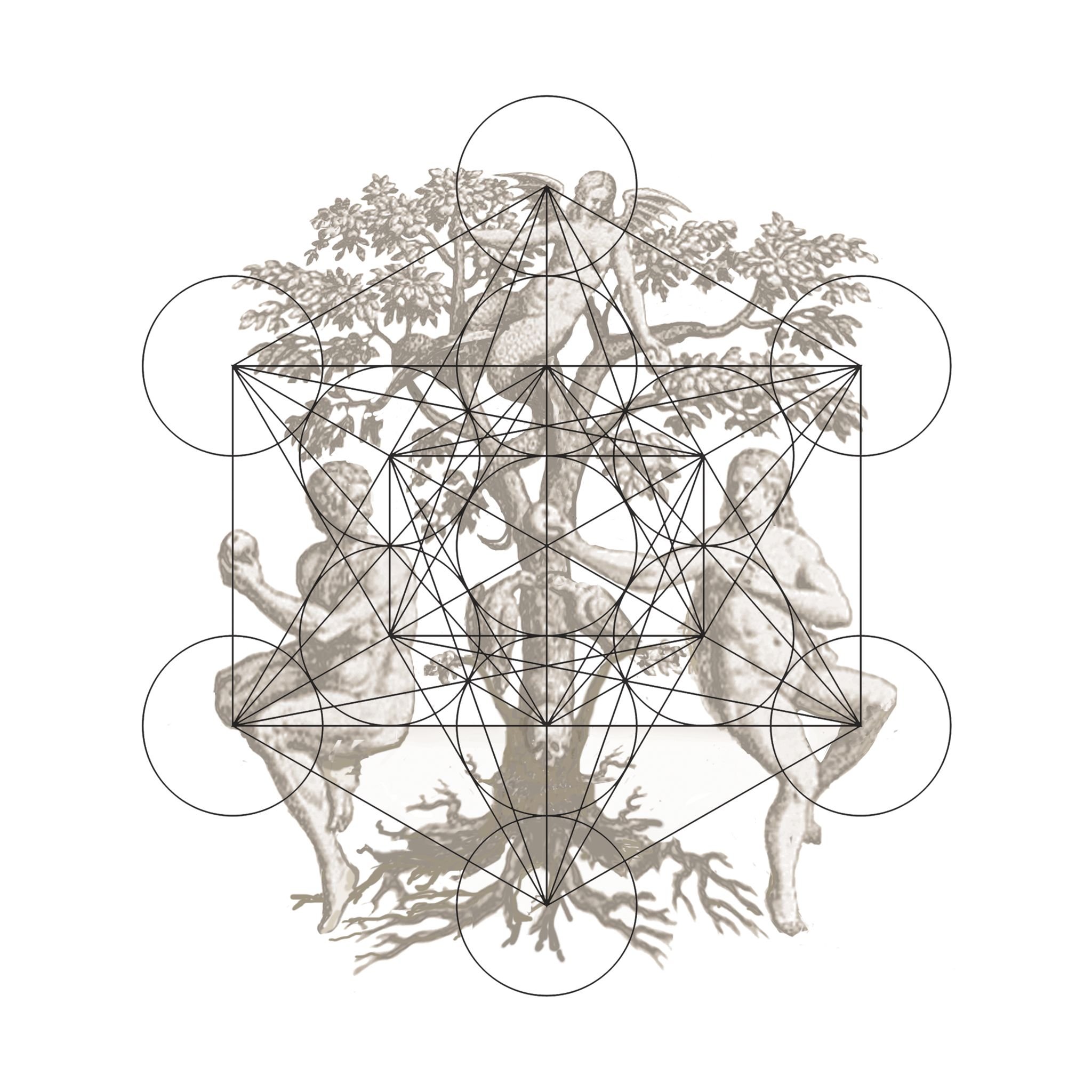
INTRODUCTION :
Herman Melville, Moby Dick...
This exhibition begins with a memory. A childhood painting made in response to encountering a pod of killer whales on the south coast of Cornwall. “They moved so fast, and mainly beneath the surface. I think I saw them but I really can’t be sure. The vagueness of that memory though was something my imagination ran with. I recall clearly the simplicity of the painting, I used household paint from big tins, covering vast sheets of beige paper. A hundred images of whales crowded in my head, then the creatures morphed onto the page like a pack of monsters”...
Read more/less
‘Return to the Whale’ represents a conscious path of rediscovering something of intrinsic importance; less consciousness. Lanyon states “The way a child draws and paints freely, without baggage, distorting reality without giving it a second thought became aspirational. Gestural abstraction is something I’ve refrained from until now, but it occurred to me that it wasn’t even something I thought about as a kid, so I had to forget in order to remember what was important”. John Berger once wrote the following in his book ‘Bento’s Sketchbook’; “When I’m drawing - and here drawing is very different from writing or reasoning - I have the impression at certain moments of participating in something like a visceral function, such as digestion or sweating, a function that is independent of the conscious will. This impression is exaggerated, but the practice or pursuit of drawing touches, or is touched by, something prototypical and anterior to logical reasoning.”
The paintings in this exhibition are constructed from drawings and remembered images which resurface through the processes of working. The canvas is primed to be scratched on to and in to. Layered like a street wall by graffitied tags, or (reminded of a quote by George Condo when reflecting on early Jackson Pollock); “like a cave-man scratching at the wall of his own mind”. As each painting develops ghost areas haunt the surface, feint evidence of prior endeavour eradicated as quickly as it was conceived. Through time, taunting, teasing, hiding and seeking this history builds. The surface of the painting becomes bruised, scarred, healed and then blossoms. This history gives a sense of weight to the work: the authority of accreted age. Older vestiges are animated by newer marks. A painting built like this fires the imagination. Overlapping lines start to create their own associations and energies.
Some of the resultant motifs are reminiscent of the inventive decoration of aboriginal cultures; of African tribal masks, North American Indian design and painted pottery of Mogollon Mimbres art perhaps? These archaic, primitive forms of expression are imbued with history, and are so poignant, they crossover into imagination. A lack of specific figurative illusion, allows more connections to be made, as such this way of representation can be extremely complex.
Lanyon wants these paintings to remain ambiguous; “I hope the paintings allow multiple readings. Each person can link the dots they see and find something that is their own. Simplified illusions for the mind to play with, like searching for something you haven’t seen yet but feel you might know. Figure-like shapes, embodied forms, abstract totems may be revealed but for me literal illusion stifles that search and gives things too much precision and prominence, it makes a top and a bottom and closes the door.”
This exhibition is evidence of Lanyon’s advancing of his own acute visual awareness and language, one which undoubtedly brings to mind primeval imagary reached through shamanistic altered states of consciousness, for Lanyon his contemporary more secular take is more pragmatic but no less significant; “things become far more interesting when you no longer have full control”.
Joseph Clarke, 2016
ONLINE CATALOGUE (click below) :

